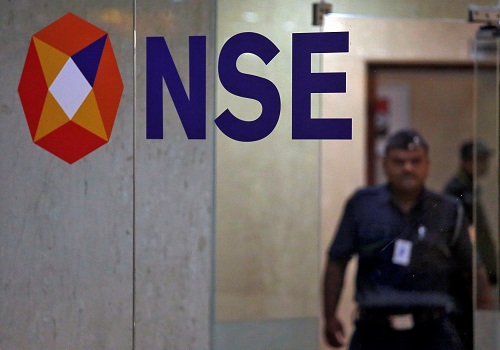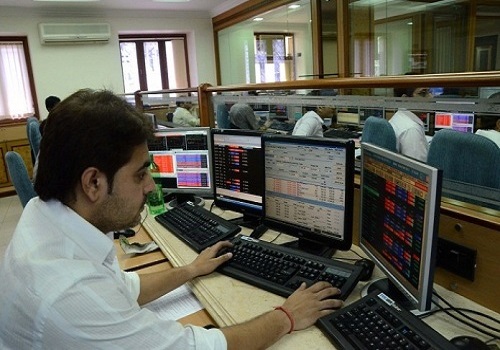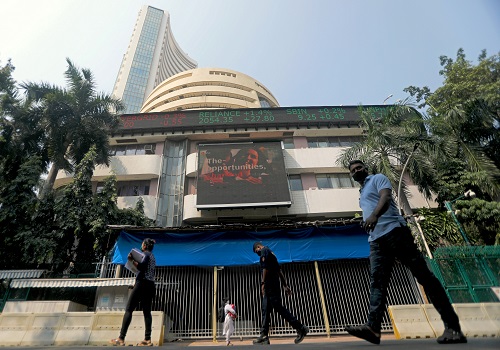India`s Nifty 50, Sensex trim gains; global markets' rally fades

Follow us Now on Telegram ! Get daily 10 - 12 important updates on Business, Finance and Investment. Join our Telegram Channel
-India's blue-chip indexes pared early gains on Monday, as global stocks' rally stalled over doubts about the expected U.S. rate cut in March 2024, ahead of a key U.S. inflation reading and central bank policy decisions.
The NSE Nifty 50 index rose 0.13% to 20,997.10, while the S&P BSE Sensex settled 0.15% higher at 69,928.53.
Both indexes gained about 0.3% each during the session, with the Sensex surpassing 70,000 levels for the first time in intraday trade.
Asian markets declined. The MSCI Asia ex-Japan index lost 0.33% on worries about the U.S. rate outlook on the back of stronger-than-expected jobs data and deflationary concerns in China. [MKTS/GLOB]
The U.S. consumer price inflation data and Federal Reserve's rate decision, both due later in the week, are likely to influence the near-term interest rate outlook and market trajectory, two analysts said.
"India represents the single best choice in both Asia ex-Japan and emerging market universes," analysts at Macquarie said in a note, citing strong domestic fund flows, steady earnings and return of foreign fund inflows as key supporting factors for the rally in Indian markets.
Pharma stocks fell 0.76%, led by a 5.04% decline in Dr. Reddy's Laboratories after its facility in Hyderabad city received observations from the US' drug regulator. The stock was also the top Nifty 50 loser.
Energy gained 0.40%, supported by the ongoing drop in crude oil prices.
Brent Crude futures recorded their seventh consecutive week of losses on Friday, and hovered around $76 per barrel in Asian trading hours. A fall in oil prices is positive for importers of the commodity like India. [O/R]
The more domestically-focussed small- and mid-caps gained 0.74% and 0.84%, respectively, supported by domestic mutual fund inflows.










Tag News

Market Outlook: US bond yields, dollar index, FII data key triggers for next week





 320-x-100_uti_gold.jpg" alt="Advertisement">
320-x-100_uti_gold.jpg" alt="Advertisement">








